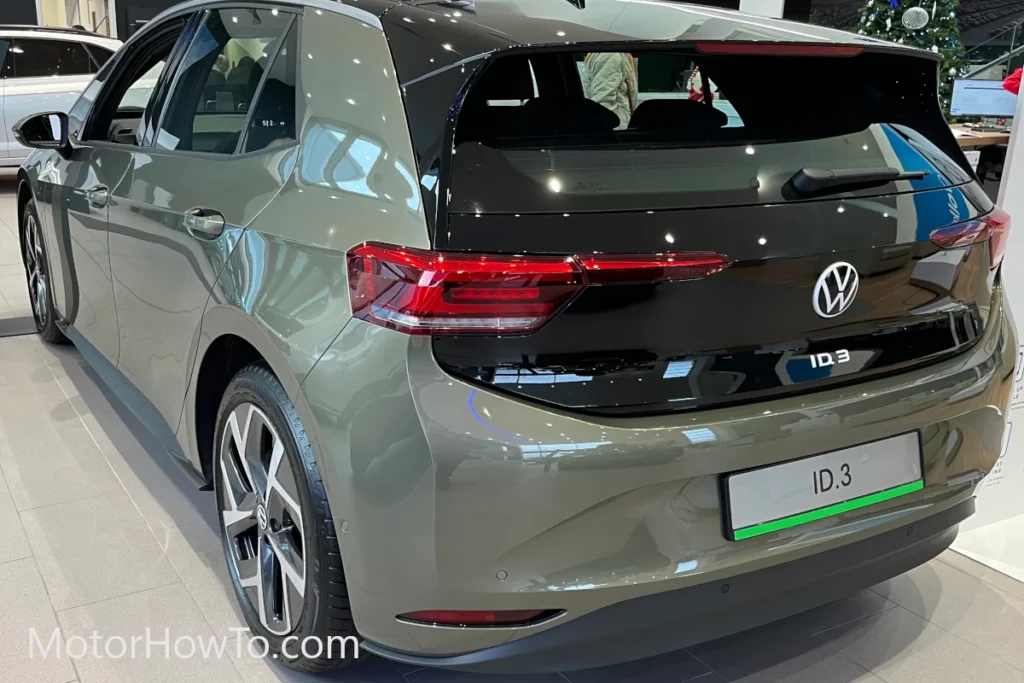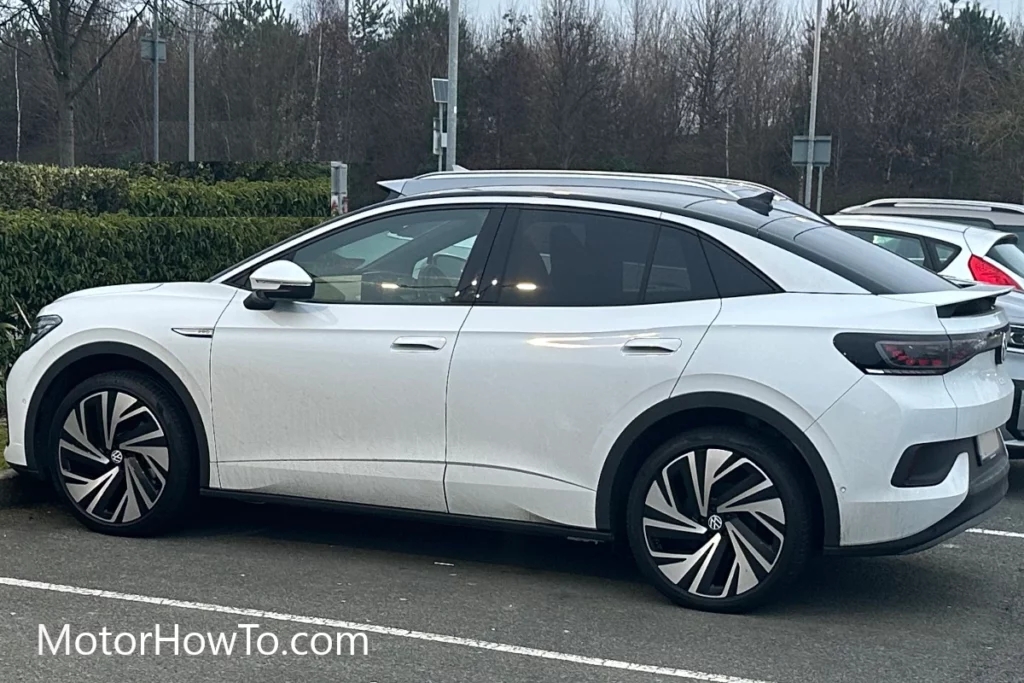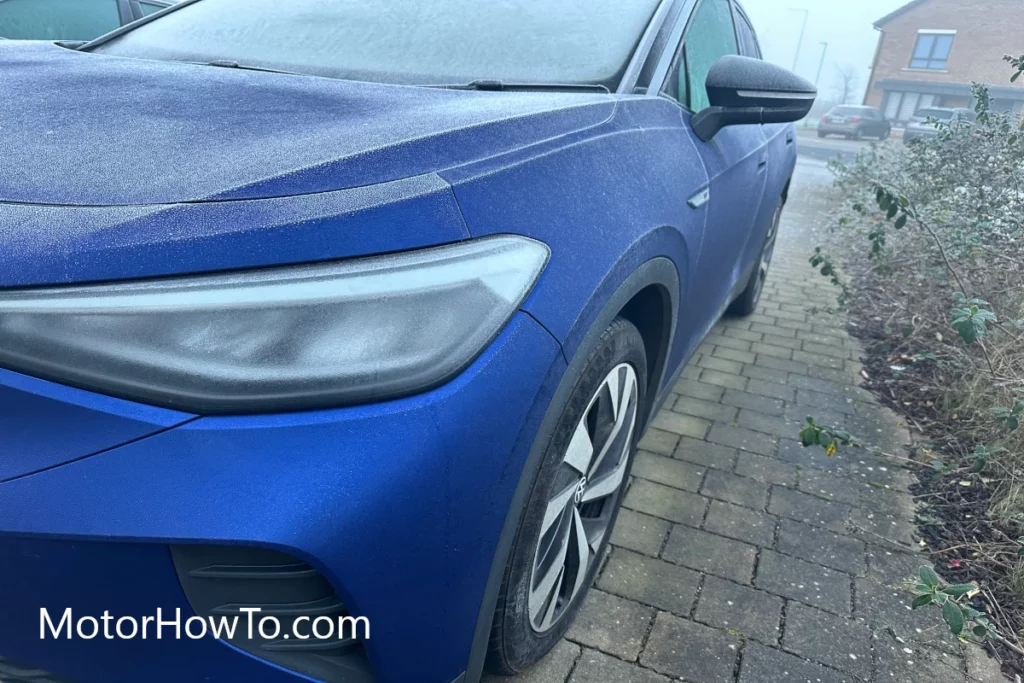The nuanced lexicon of automotive terminology has often been a source of both fascination and confusion.
Imagine a realm where boundaries of nomenclature often overlap, creating an intricate linguistic labyrinth.
From that very labyrinth emerges an intriguing question: a seemingly peculiar habit of labeling SUVs as ‘trucks.’
This habit, almost reflexive in some parts of the world, stirs questions about societal behaviors, geographical linguistics, and the evolution of automobile culture.
People call SUVs “trucks” due to their shared heritage and design elements. Both vehicle types are built on a similar body-on-frame structure, and historically, SUVs were developed as more comfortable, passenger-friendly versions of utility trucks.
- Tracing the Lexical Lineage: The Origins of the 'Truck'
- From Utility to Luxury: The Evolution of the SUV
- Industry Influence: Auto Manufacturers and Marketing Tactics
- Perception and Popularity: The Role of Media in Vehicle Classification
- Semantic Shifts: The Impact of Societal and Cultural Factors
- Fueling Confusion: The Truck-SUV Dichotomy in Different Countries
- Closing Thoughts
- Sources
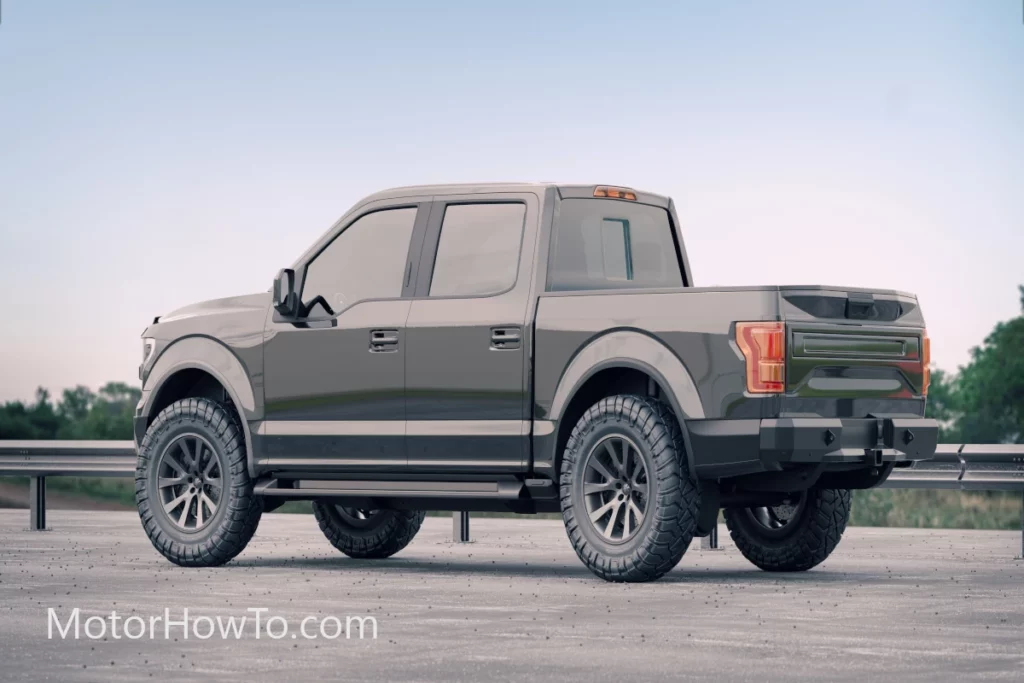
Let’s dive into this vehicular vernacular to unravel the roots and reasoning behind this linguistic enigma.
Related:
- Difference Between a KUV and an SUV? Deciphering the Intricacies of Utility Vehicle Classification
- Difference Between a Van and an SUV? Breaking Down the Essentials of Vehicle Design and Functionality
- SUV & 6 Major Parts (Explained For Beginners)
Tracing the Lexical Lineage: The Origins of the ‘Truck’
The term ‘truck,’ as it relates to vehicles, dates back to the early automotive era when the industrial revolution demanded a vehicle that could handle heavy-duty tasks.
These vehicles were equipped with larger engines and reinforced chassis to carry substantial loads, making them ideally suited for commercial and industrial purposes.
The robust, utility-driven design set a precedent for what we now associate with the term ‘truck’.
These vehicles were quintessentially characterized by their rugged construction, physical durability, and ability to transport goods and materials.
As society advanced and road networks expanded, the utility-driven design of trucks evolved to cater to a broader range of needs.
The advent of ‘pickup trucks‘ marked the first significant evolution in the truck’s lineage.
While these vehicles retained their predecessors’ robust and rugged features, they introduced a space for passengers, blending freight transportation’s utility with personal mobility’s convenience.
This blend became the underpinning of today’s Sport Utility Vehicles (SUVs), embedding the linguistic and functional DNA of ‘trucks’ into a new class of vehicles designed for utility and comfort.
From Utility to Luxury: The Evolution of the SUV
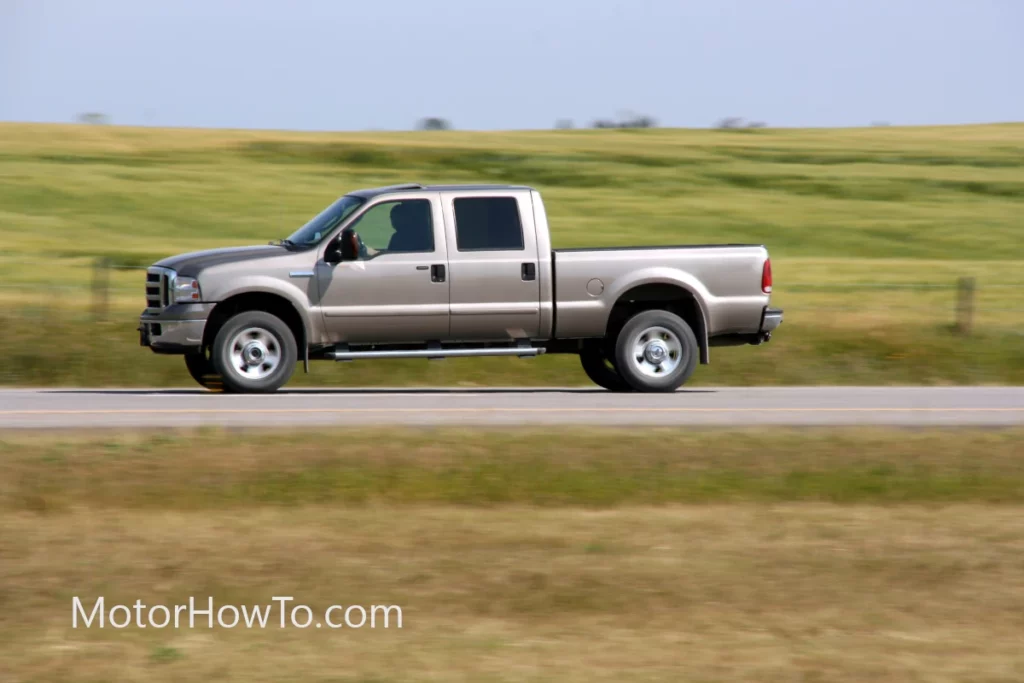
The creation of Sport Utility Vehicles (SUVs) marked a pivotal shift in the automotive industry, transmuting the pure utility of trucks into a symbol of luxury and comfort.
A blend of consumer demand and strategic market positioning by car manufacturers drove this metamorphosis.
Society’s need for multi-purpose vehicles capable of accommodating families, negotiating rough terrains, and offering a higher vantage point was married to the desire for a luxurious driving experience.
Thus, the SUV was born – a fusion of truck-like utility with car-like comfort and refinement.
As auto manufacturers began to recognize the untapped potential of this emerging market segment, they initiated a race to design the most desirable SUV.
Luxury brands like Land Rover and Mercedes-Benz joined in, grafting their opulent car interiors onto rugged, truck-like exteriors.
Other mainstream manufacturers followed suit, further blurring the line between utility and luxury.
SUVs increasingly offered advanced entertainment systems, plush interiors, state-of-the-art safety features, and sleek aesthetics, propelling them into a symbol of status and affluence.
Simultaneously, they retained their ruggedness, towing capacity, and off-road capabilities – the truck-like features that originally inspired their creation.
This dual nature has led to SUVs frequently being labeled as ‘trucks’, a testament to their historical roots and functional design.
Industry Influence: Auto Manufacturers and Marketing Tactics
In the ever-evolving landscape of the automotive industry, auto manufacturers’ role and marketing tactics can’t be overlooked when dissecting the reasons behind the SUV-truck terminology crossover.
Manufacturers recognized early on that SUVs occupied a unique niche in the market – they offered the utility of trucks and the comfort of passenger cars, catering to a wide range of consumer needs.
This versatility allowed them to use the term ‘truck’ in marketing campaigns to highlight the SUV’s rugged capability and durability, reminiscent of traditional pickup trucks.
These marketing strategies successfully painted SUVs as more than just passenger vehicles.
By emphasizing their off-road capabilities, towing capacity, and the body-on-frame construction akin to trucks, auto manufacturers effectively associated SUVs with a sense of adventure, resilience, and robustness that had long been a part of the truck narrative.
Concurrently, they highlighted these vehicles’ luxurious features and comforts, encapsulating an all-in-one package that appealed to a broad demographic.
This duality in marketing widened the potential customer base and deepened the semantic association between SUVs and trucks.
As a result, despite the myriad differences between the two categories, it has become commonplace to refer to SUVs as ‘trucks’ – a semantic ambiguity fueled by industry influence and strategic marketing.
Perception and Popularity: The Role of Media in Vehicle Classification
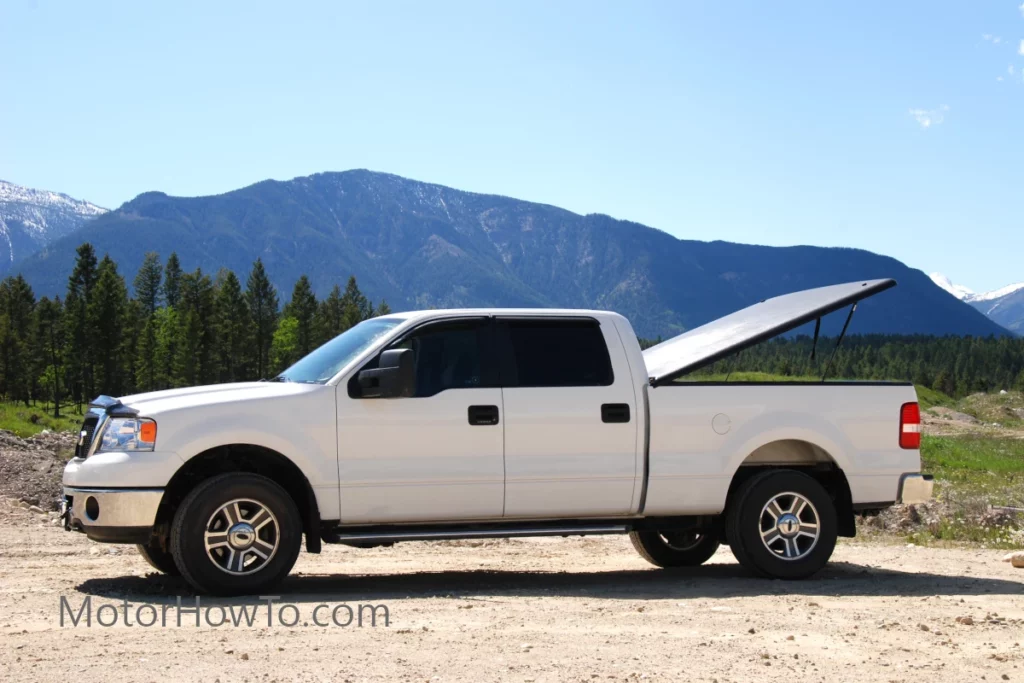
The influence of media on vehicle classification is profound and far-reaching. Television shows, movies, news, and social media all play significant roles in shaping public perception and popularity of various types of vehicles, including SUVs and trucks.
The media’s portrayal of these vehicles often emphasizes their robustness, power, and adventurous spirit, akin to the attributes historically associated with trucks.
This portrayal has significantly influenced the popular lexicon, leading many to use ‘truck’ as a blanket term for SUVs.
Television shows and films, for instance, frequently feature SUVs in high-action sequences, off-road adventures, and challenging terrains – scenarios traditionally associated with trucks.
These portrayals emphasize the truck-like capabilities of SUVs, reinforcing the semantic connection between the two. Similarly, news and social media often spotlight SUVs’ power, durability, and utility, further blurring the terminological lines.
The popularity and acceptance of this terminology are often reflected in everyday conversations, online forums, and even vehicle reviews.
Moreover, marketing campaigns on media platforms also contribute to this phenomenon. By leveraging the media’s influence, auto manufacturers often promote their SUVs as vehicles capable of handling ‘truck-like’ tasks while offering the comfort of a luxury car.
This mixed portrayal, coupled with the public’s consumption and interpretation of these media narratives, has played a pivotal role in shaping the perception of SUVs.
Consequently, it’s not surprising that many have adopted the habit of calling these versatile, robust vehicles ‘trucks’, a testament to the power of media in shaping language and societal norms.
Semantic Shifts: The Impact of Societal and Cultural Factors
Language, a powerful tool for communication, is an ever-evolving entity that often mirrors societal and cultural changes.
Classifying and referring to objects, including vehicles, is deeply entwined with these societal norms and cultural perspectives.
The practice of calling SUVs ‘trucks’ is an intriguing example of a semantic shift prompted by many societal and cultural factors.
On the societal front, as SUVs grew in popularity due to their combined utility and comfort features, they began to occupy a unique niche in the automotive market.
Their ability to perform heavy-duty tasks, akin to traditional trucks, while offering a comfortable and luxurious ride saw them being adopted by a diverse demographic – from families looking for spacious vehicles to adventure enthusiasts seeking off-road capabilities to individuals desiring a status symbol.
This widespread adoption and the inherent versatility of SUVs may have prompted the semantic shift, causing many to label these vehicles as ‘trucks.’
Culturally, the phenomenon appears more pronounced in certain regions, particularly in North America.
This can be attributed to the historical popularity of trucks in these areas and the cultural significance associated with owning a robust, powerful vehicle.
SUVs naturally fit into this cultural narrative by embracing similar traits while offering added comfort and luxury.
As a result, despite being a distinct category, SUVs are often colloquially referred to as ‘trucks,’ reflecting a fascinating intersection of language, society, and culture in automotive terminology.
Fueling Confusion: The Truck-SUV Dichotomy in Different Countries
Automotive terminology isn’t universally standardized, and this lack of uniformity can contribute to the confusion surrounding vehicle classification, particularly regarding the truck-SUV dichotomy.
How these vehicles are categorized and referred to varies significantly from one country to another, fueled by differing historical developments, cultural perceptions, and even regulatory definitions in the automotive industry.
In North America, the term ‘truck’ has long been used to denote various vehicles – from commercial freight carriers to pickup trucks and SUVs.
This broad usage, combined with the shared history and design elements of trucks and SUVs, has led to a common practice of referring to SUVs as ‘trucks.’
This trend is particularly noticeable in the United States, where SUVs have become popular among consumers for their versatility and size.
Contrastingly, the semantic distinction between trucks and SUVs is more pronounced in many parts of Europe and Asia.
Trucks are typically considered commercial, heavy-duty vehicles for transporting goods, while SUVs are considered passenger vehicles designed for comfort, luxury, and off-road capabilities.
This dichotomy can be attributed to cultural perceptions, usage patterns, and regulatory norms.
Ultimately, these regional variations in automotive terminology fuel the ongoing confusion surrounding the classification of SUVs and trucks.
A complex interplay of historical, cultural, and industry factors influences how we perceive and label these vehicles.
As the global automotive industry continues to evolve, these terminological nuances will likely persist, adding to the rich tapestry of the vehicle classification discourse.
Closing Thoughts
In the intricate world of automotive terminology, the practice of referring to SUVs as ‘trucks’ emerges as a fascinating linguistic phenomenon. This habit, rooted in historical and cultural factors, has blurred the lines between two distinct vehicle categories.
As we’ve explored the origins of this terminology, it becomes evident that it’s not merely a matter of convenience but a reflection of the evolution of automobile culture and societal behaviors.
The term ‘truck’ was originally associated with utility and heavy-duty capabilities, designed for industrial purposes.
Over time, this utilitarian concept evolved, giving rise to SUVs – vehicles that retained the ruggedness of trucks while incorporating passenger comfort. This fusion of utility and comfort marked a significant shift in the automotive landscape, leading to the creation of a new class of vehicles.
Luxury brands and mainstream manufacturers recognized the potential of SUVs and tailored them to cater to a wide range of consumer needs. This strategic positioning blurred the lines between utility and luxury, a duality that continues to define SUVs today.
The influence of auto manufacturers and their marketing tactics also played a pivotal role in this terminology crossover.
By highlighting the rugged capabilities of SUVs while promoting their luxurious features, manufacturers associated SUVs with both utility and comfort. This dual narrative contributed to the widespread use of ‘truck’ when referring to SUVs.
Media, including television, films, and social platforms, further perpetuated this phenomenon by portraying SUVs in scenarios traditionally associated with trucks.
These portrayals emphasized SUVs’ robustness and off-road capabilities, reinforcing the connection between the two vehicle types in the public’s perception.
Moreover, societal and cultural factors, particularly in regions like North America, where trucks have a rich historical significance, have contributed to this linguistic shift.
SUVs, with their shared design elements and versatility, naturally found a place within this cultural narrative.
However, it’s essential to recognize that this terminological crossover isn’t uniform globally.
In different countries and regions, the distinction between trucks and SUVs varies significantly, reflecting diverse historical developments and regulatory norms.
In conclusion, the habit of calling SUVs ‘trucks’ is a nuanced interplay of history, culture, marketing, and media influence. It’s a testament to how language evolves in response to changing societal behaviors and the ever-shifting landscape of the automotive industry.
As these factors continue to shape our perceptions, the terminological lines between SUVs and trucks will remain intriguing and occasionally perplexing.

